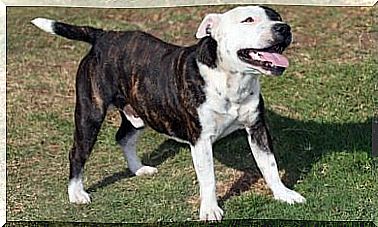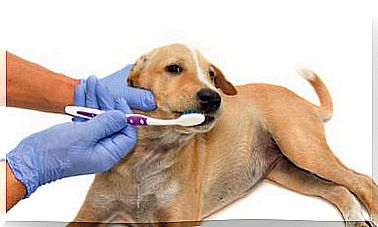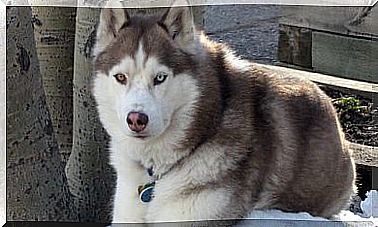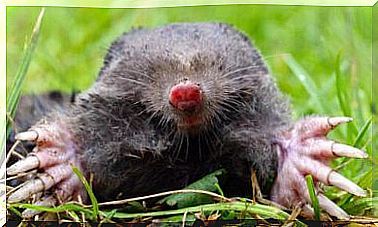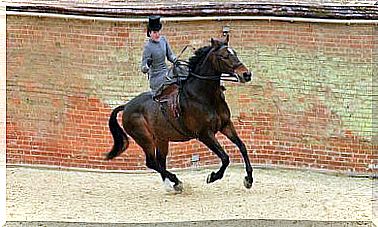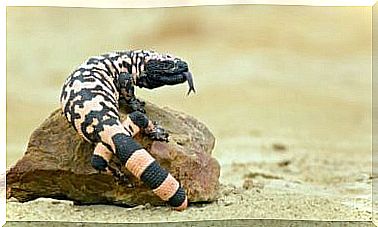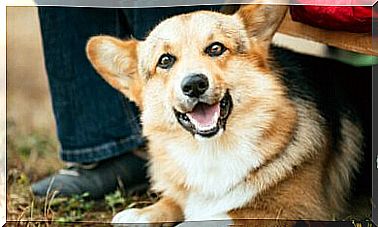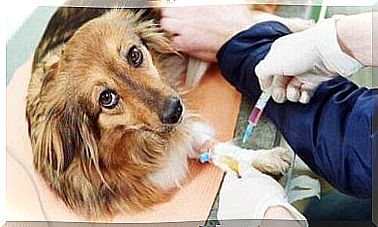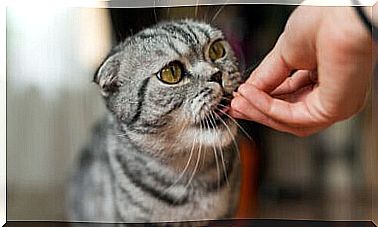Canine Ehrlichiosis: What Is It?
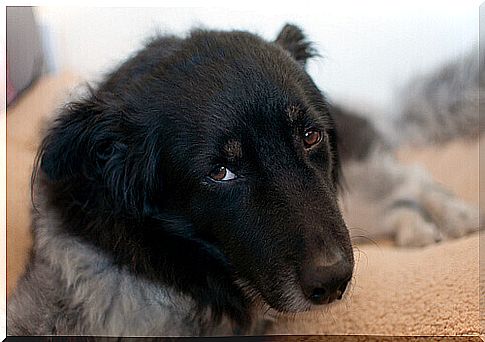
Canine Ehrlichiosis is also known as Canine Tropical Pancytopenia, Lyme Disease or Canine Hemorrhagic Fever. It is a very serious infectious disease. The number of diagnosed cases is growing more and more in Europe, Asia, America and Africa.
The increase in the incidence of canine Ehrlichiosis in recent years is mainly due to the proliferation of Rhipicephalus sanguineus. It is a brown colored tick that acts as a carrier. That is, it feeds and transports the true cause of the disease: the bacterium Ehrlichia Canis (E. Canis).
Although it is a disease that most affects dogs, the bacterium can also affect cats and people. It can cause serious damage to health.
What is canine ehrlichiosis and how is it transmitted?
Canine Ehrlichiosis is an infectious process caused by a specimen of the Rickettsia family: the bacterium Ehrlichia Canis (E. Canis). The microorganisms of this family can also generate countless benign diseases.
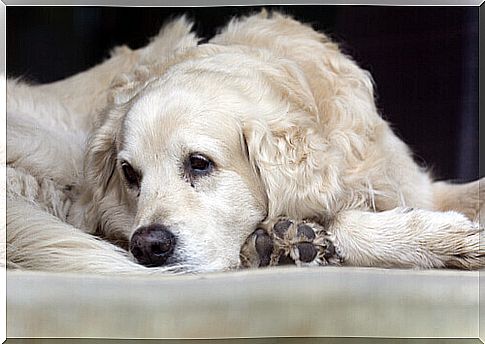
The first case of Ehrlichia Canis occurred in Algeria, during the 1930s. However, canine Ehrlichiosis appeared more during the Vietnam War. A significant number of military dogs quickly died.
The disease nowadays
It was not until the 1980s that Rickettsia bacteria gained importance in medical research. Ehrlichia Canis is an intracellular bacterium that resides in the saliva of Rhipicefalus sanguineus ticks. This little parasite has a huge survival instinct.
Not only dogs living in big cities run the risk of getting infected. Even the animals of rural areas or the wild ones of the hottest places.
Canine ehrlichiosis is transmitted through the bite of ticks infected with the bacterium Ehrlichia Canis. For this reason, it is important not to let the affected animal stay in contact with other dogs. This will prevent the massive proliferation of the disease.
What are the symptoms and treatments of Ehrlichiosis?
After being infected, the incubation period in dogs can last anywhere from 2 to 6 weeks. The first real symptoms of canine Ehrlichiosis can take up to two months before appearing:
- Lack of appetite and weight loss.
- Frequent fever.
- Discharge or bleeding in the eyes or nose.
- Difficulty breathing or wheezing.
- Edema all over the body.
- Bruising or bruising on the skin.
- Enlarged lymph nodes.
The worsening of the disease
If the disease is not treated in time after the first symptoms appear, it could evolve. In this case, the symptoms will worsen, resembling human meningitis:
- Alteration of the senses and perception.
- Tingling in the limbs.
- Lack of coordination of movements.
- Lameness.
- Mood swings.
- Loss of consciousness or dementia.
The intensity of the symptoms depends on the condition of the animal. In the case of an older dog or one with a weak immune system, symptoms may present more quickly than in a younger, healthy dog.
An early diagnosis
Prompt diagnosis is essential to allow recovery from canine Ehrlichiosis. Initially, treatment consists of giving an antibiotic for 3-4 weeks. If the dog is anemic, he is also given blood transfusions.
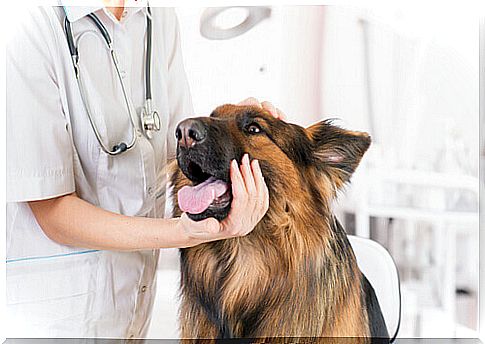
If the disease has not reached the meninges, it is possible that the animal will recover almost completely. In most cases, however, the damage to the meninges is irreversible and fatal.
Many times it is difficult to recognize the symptoms of canine Ehrlichiosis. They can be confused with other less serious pathologies. For this reason, it is advisable to have the dog do periodic checks by the vet.
Furthermore, it is essential to prevent parasites, contaminated or not, from attacking the animal’s body. For this, put pesticides on your dog. You can also use flea collars. There are also natural remedies to remove them thanks to odors.
In the case of Ehrlichiosis, prevention is better than cure. Keeping your dog under control could make all the difference.
